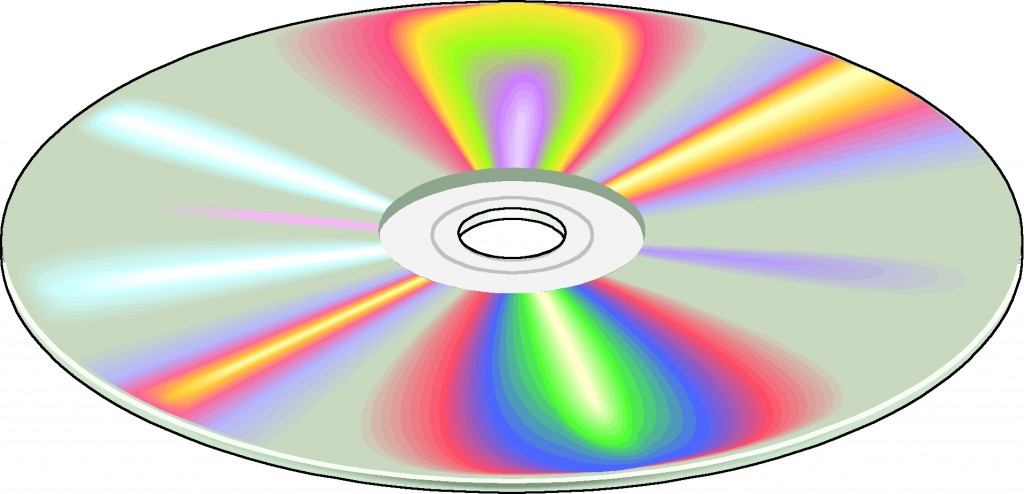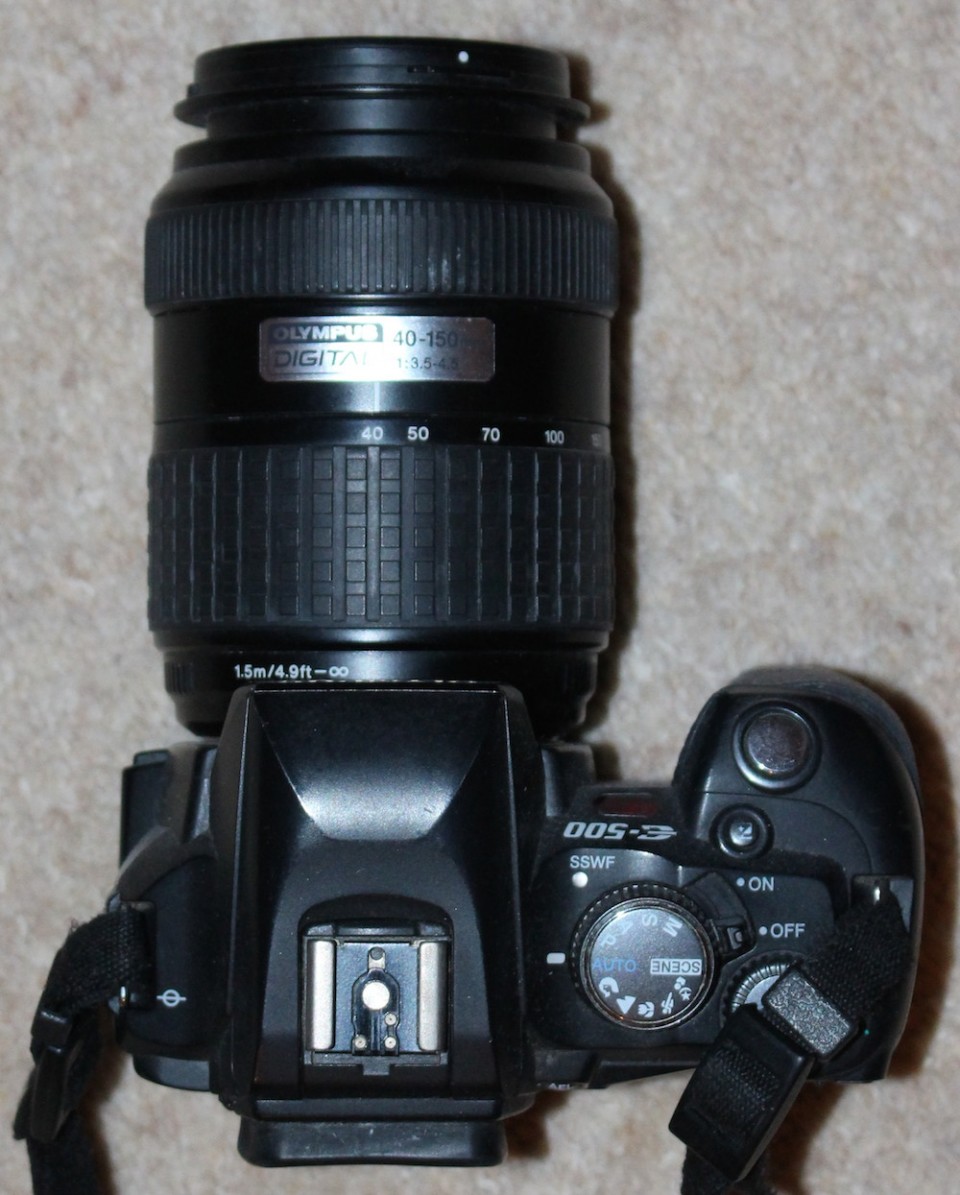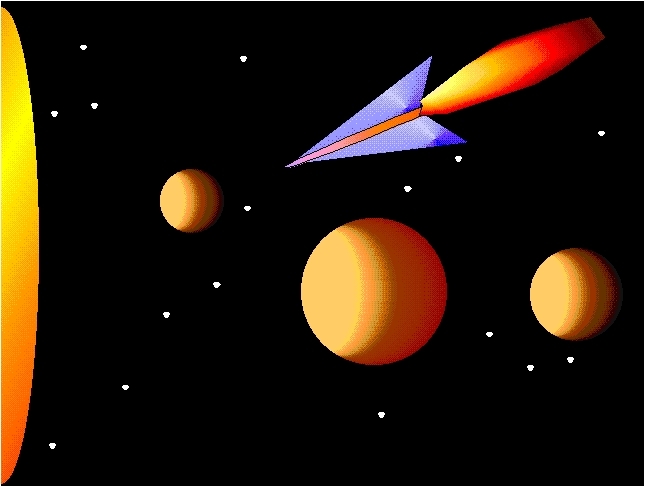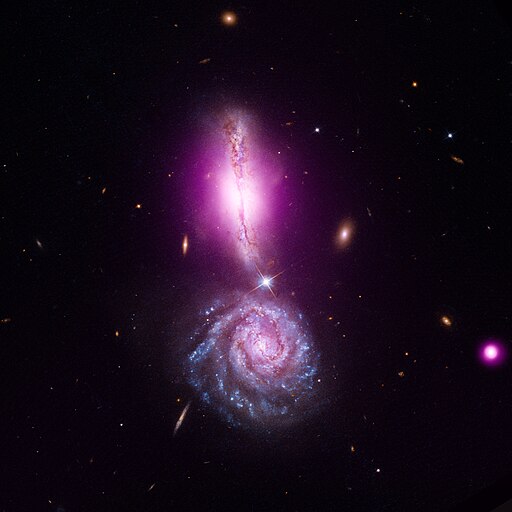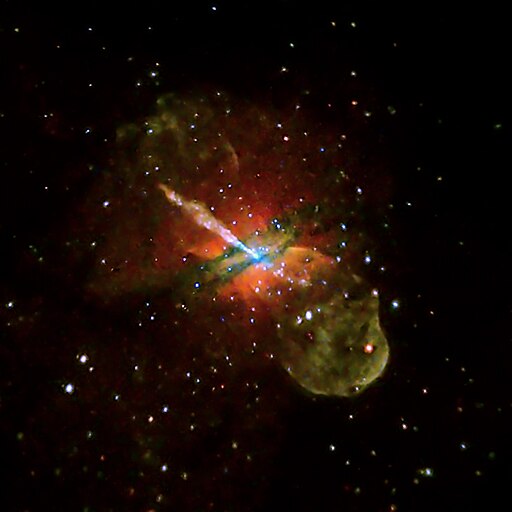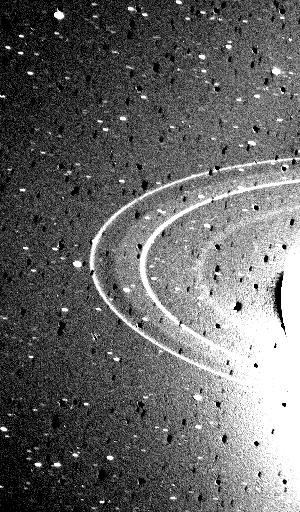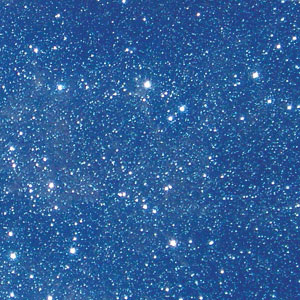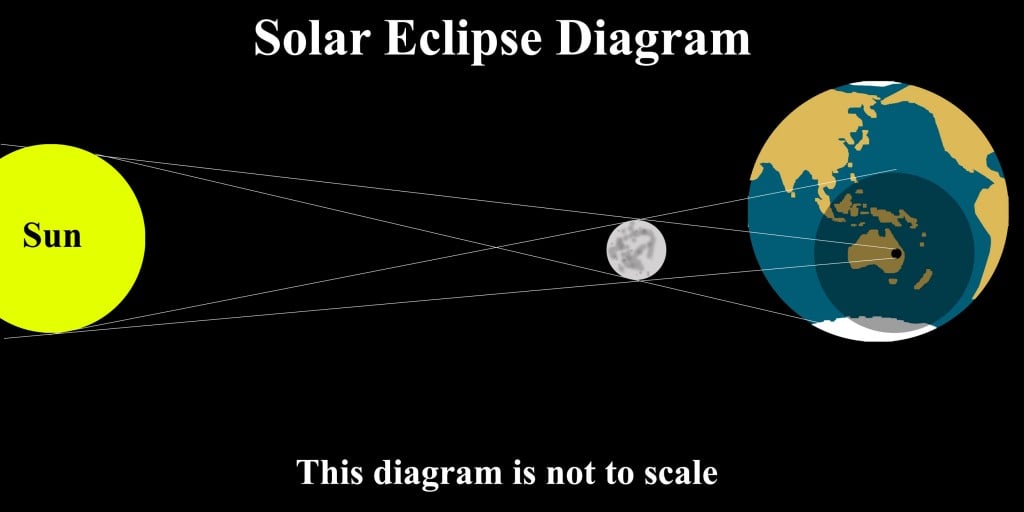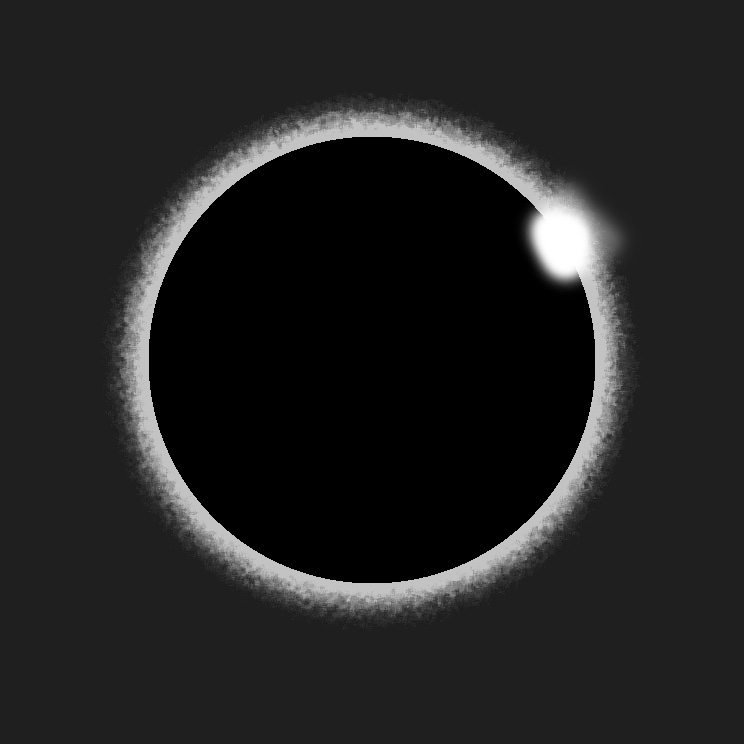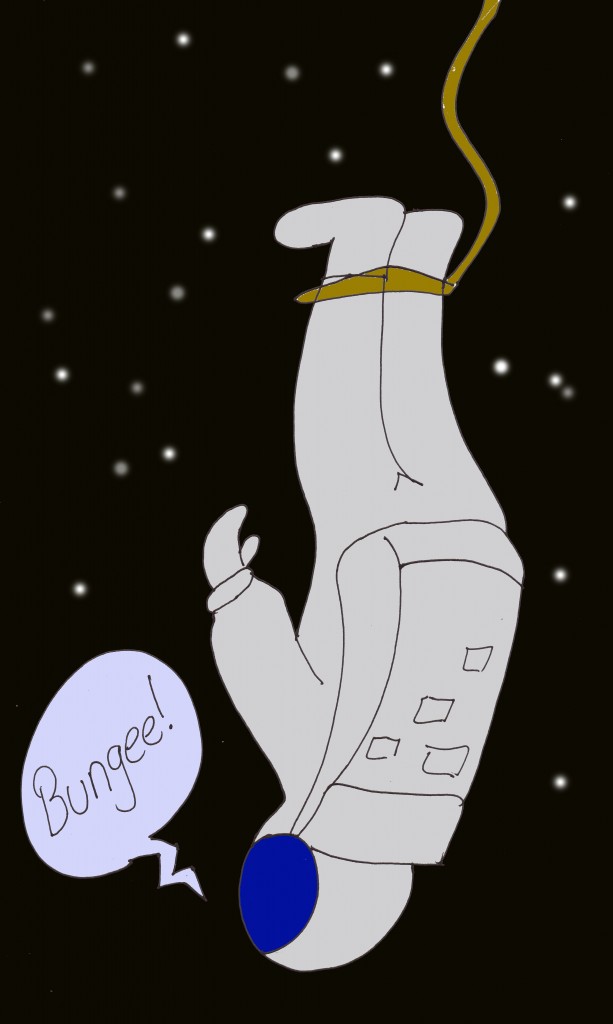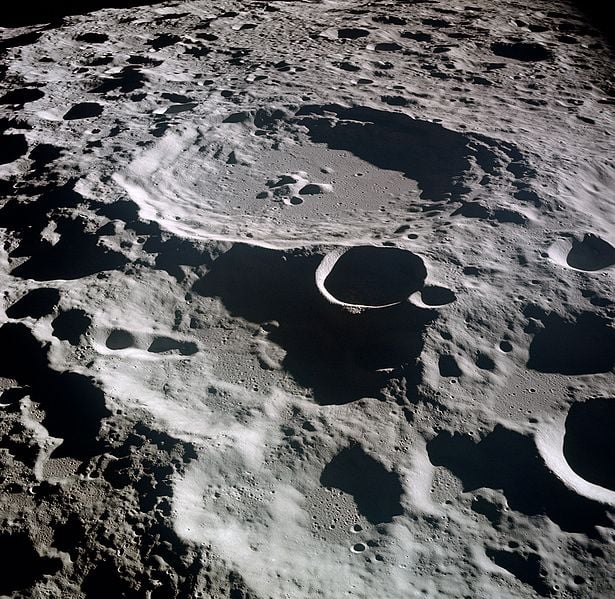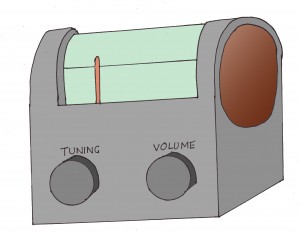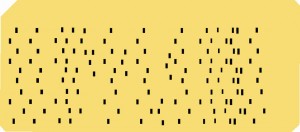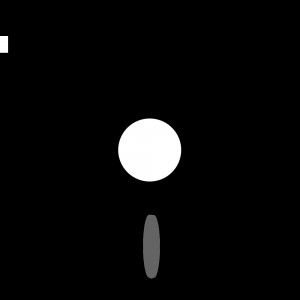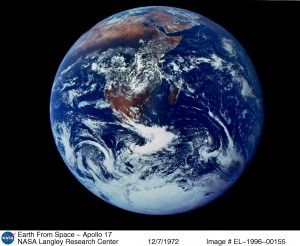200th Post
This post is the 200th to be posted on this blog. It's been a wonderful journey of sharing. 🙂
Mrs Jordan and Year 4, take a look at the "Post 201: About Bilbies and 200 Posts" post for a surprise.
**************************************
A class posed the question, "What technology did you use when you were younger?" To see their original post, click on their question.
What technology did I use?
Let's take a journey back to the 1950s. When I was born, radio and going to the cinema, drive in or live performances were the normal entertainment. Computers were around but they were big, heavy and very expensive yet your mobile phone of today is far more powerful. These computers were only found in big companies or universities, not in homes.
Let's see some of the changes I saw.
1950s
Telephone - Telephones had been around for a long time before I was nborn but my family was the first in our street to have a telephone so neighbours would make and receive calls to our house. I still remember our phone number. It was UY 5734. That's right, we had letters and numbers and the phone had a rotary dial. It could be very awkward if it was a cold, rainy night when someone called for a neighbour and my father had to go and get them.
![By Louise Docker from sydney, Australia (Flickr) [CC BY 2.0 (http://creativecommons.org/licenses/by/2.0)], via Wikimedia Commons](https://rossmannellcomments.edublogs.org/files/2015/05/512px-Old_bakelite_phone-2fjep5p.jpg)
By Louise Docker from sydney, Australia (Flickr) [CC BY 2.0 (http://creativecommons.org/licenses/by/2.0)], via Wikimedia Commons
Record players - My parents owned a radio/record player for music and news. My mother had 78rpm* as well as 33 1/3rpm LP* records.
Games - They weren't electronic. We had board games such as Monopoly, checkers, chess and Ludo.
Cameras - We had film cameras we would use to take photos. Once taken, we would send the rolls of film away to be processed and printed. There were no video cameras but we did have movie cameras. The home movie cameras used 8mm film (see below). However, some people used 16mm film in cameras. They gave better pictures but were much more expensive. My first photo camera looked more like a black box and didn't take very good photos but my father had a better camera.
8mm movie camera and film
Here is a scan of some 8mm film frames. It's from a Popeye cartoon.
Movie film shows 1 frame (picture) at a time. When chaning quickly, the pictures seem to be moving. Here is a video clip showing how 8 frames from above can seem to move.
We would watch the 8mm movies projected on a screen.
*rpm - revolutions per minute - the number of times it turns in one minute.
* LP - long playing
There were no computers, iPads, and mobile phones in homes back then.
1960s
I was in primary and high school in the 1960s. Classes could have 40 children.
Pens and ink wells - At first, we had pencils but no ball point pens in class. In Year 3, I was an ink well monitor. My job was to fill the inkwells so students could dip their pens in to write. It was late 1963 when the school allowed students to use ball point pens. The only other way of writing was if we had a typewriter.
Computers - It was in the late 60s I saw my first computer at a science fair at high school. It was huge and could only play noughts and crosses. By the late 60s I had an interest in electronics so the big machine with valves in it reminded me of inside TVs of the day.
Transistor radio - The 60s was also the time I bought my first transistor radio. Imagine being able to hold a radio in your hand and listen to music.
1970s
This was when technology started to take off for me.
TV Games - I bought an electronic kit and was able to make a very simple game I could play on a TV. A small, very simple motorbike would move across the screen as you twisted a knob on the control box I built. You had to jump small "buses" that looked like white blobs.
The game looked a little like this on the screen.
Computers - In 1971, I visited the Atomic Energy Commission at Lucas Heights south of Sydney. I saw my first nuclear reactor and serious computer while there, a computer no one could afford to have in the home. The programs were on a series of cards. Programmers punched out holes in them. Hundreds might be needed for a big project so they would be left to run overnight. If one card had a mistake, the whole computer stopped and waited until the car was fixed.
This is what a programming card looked like.
Computers and me - It was in the 70s I first had the chance to use a computer while studying science at Sydney University. We didn't have floppy disks, hard drives, CDs, DVDs, USB devices or computer screens. There was a very large typing machine where you would type in your program. To have a copy of the program, a long strip of thick paper tape was fed through the printer and holes were punched in it. Graduates had something special, they had cassette drive but I was an undergraduate and had to stick to the tape.
The first computer I used at university (college) looked a little like this.
Teaching technology - When I started teaching in the 70s, I was a high tech type of teacher. Back then it meant I used a cassette player/recorder, a slide projector, and 8mm movie projector and an overhead projector in class. I wasn't able to use computers in class in the 70s but I did build some simple electronic kits for the children to use.
Audio cassette.
35mm Slide Projector. It still works.
8mm Movie Projector. It still works.
Overhead Projector. It still works.
Television - Colour TV started in the mid 70s.
Calculators - I was able to buy my first calculator in the 1970s. It could only add, subtract, multiply and divide. Around 1975, I bought my first scientific calculator. It could do much more. It's old and very worn but I still have it. Before calculators, I used a slide rule and logarithm tables.
My old calculator is 40 years old but still works. Good one Sharp!
Cameras - I have a few cameras to take still photos in the 70s. All used rolls of film.
Floppy Disks - Cassettes had been used to store program for computers since the early 70s but, by the late 70s, we had floppy disks to store programs. They came first in 8 inch, 5.25 inch and 3.5 inch sizes.
5 1/4 inch (13cm) Floppy Disk
1980s
Now we were starting to get really serious.
An Apple II computer.
![Rama [CC BY-SA 2.0 fr (http://creativecommons.org/licenses/by-sa/2.0/fr/deed.en)], via Wikimedia Commons](https://rossmannellcomments.edublogs.org/files/2015/05/1024px-Apple_II_IMG_4214-s7ls93.jpg)
Rama [CC BY-SA 2.0 fr (http://creativecommons.org/licenses/by-sa/2.0/fr/deed.en)], via Wikimedia Commons
Video camera - It was in 1982 I bought my first video camera. It was large and had a heavy side pack you carried over your shoulder. Batteries were large and had lead inside so they were heavy. Back then, people thought I was with a televison station because video camera were very rare. I was visitng the town of Bathurst with my school that year when Queen Elizabeth II visited. Seeing the camera, police let me through the barrier so I could take a close up of the Queen. I'm sure they also thought I was from a TV station.
This is part of the video clip taken in 1982 during the Queen's visit to Bathurst. It was converted from VHS to digital.
Video Cassette Recorders (VCR) - These appeared in the early 80s and we could finally record programmes and watch movies. With my video camera and VCR, I was able to edit video I had taken. With my school Apple II computer and a small program I wrote, I could even add titles to the videos.
Computers in Schools - I helped introduce computers to two schools in the 80s. I was called a computer coordinator back then. As well as teaching, it was my job to care for the computers in the schools. Because of my electronics hobby, I was often able to fix computers with problems.
Computers and me - It was in the late 80s I bought my first computer. It was an Apple IIGS. With a printer (black and white only), I was able to print worksheets and dislpays for my class and other teachers . With only one computer in the school for classes to share in my first year there in 1988, I bought an Apple IIC computer for my class to use. I was really hooked on how they could be used in class.
An Applie IIGS computer just like the one I owned.
![By Alison Cassidy (Own work) [GFDL (http://www.gnu.org/copyleft/fdl.html) or CC BY-SA 4.0-3.0-2.5-2.0-1.0 (http://creativecommons.org/licenses/by-sa/4.0-3.0-2.5-2.0-1.0)], via Wikimedia Commons](https://rossmannellcomments.edublogs.org/files/2015/05/756px-Apple_IIGS_Woz-1btd3ve.png)
By Alison Cassidy (Own work) [GFDL (http://www.gnu.org/copyleft/fdl.html) or CC BY-SA 4.0-3.0-2.5-2.0-1.0 (http://creativecommons.org/licenses/by-sa/4.0-3.0-2.5-2.0-1.0)], via Wikimedia Commons
1990s
Computers in schools - In the 90s, the number of computers I owned grew as I bought or was given computers needing repair. The computer room I ran for a few years had 16 computers but only one was owned by the school. It was also in the early 90s I first used the internet with classes. I would roll my Apple IIc computer and modem down to an office and connect to a phone line. It was slow and could only show text. There was no graphics, music or video and I paid $5 an hour for access. By the end of the 90s, I had installed the first network room in the school and we then had a whole school network installed with internet access.
Computers and me - By the end of the 90s, I owned about 45 computers. I would have some of them in my classroom and lend others to the students in my class to use at home. The computers included Apple II, Apple Macintosh, Atari, Commodore, Acorn and a few other types as well as Sega and Gameboy handheld game devices. At home, I was using Apple Macintosh and Windows computers.
Handheld Gameboy Advance games machine.
![The copyright holder of this image, Christopher Down, allows anyone to use it [Attribution], via Wikimedia Commons](https://rossmannellcomments.edublogs.org/files/2015/05/640px-Gameboy_Advance_On-2glb3dw.png)
The copyright holder of this image, Christopher Down, allows anyone to use it [Attribution], via Wikimedia Commons
Scanners and printers - In the 90s, I bought my first scanners and colour printers and had fun scanning photos and making changed photos for the student newspaper. Scanners were able to read printed writing so I didn't need to type everything.
CDs - Music CDs appeared and we were able to use these instead of vinyl LP records. We were even able to burn our own CDs .
DVDs - DVDs appeared in the late 90s and we were able to record movies from TV or add videos we made to them.
2000s
in these years I was retired from teaching by the end of 2005.
Computers in schools - Whole school networks, internet, You Tube, editing video on computers, digital cameras, small mobile phonesetc... The growth has been amazing. I moved to a new school and allowed children in my old school who had borrowed my computers to keep them. I had way too many for moving house and made a rule I should own no more than 10 for use in home and school.
Computers and me - I added my first laptop computer in this era.
Cameras - I bought my first digital SLR* camera and could simply plug it into the computer to load and edit photos and started buying extra video cameras for making DVDs and CDs for schools and community groups.
I have only just replaced this camera with a new digital SLR camera able to record HD video as well as photos.
Internet - was a part of everyday life.
Mobile phone - Mobiles were now much smarter and started to access the internet.
* SLR - Single Lens Reflex - It meant a type of camera where so look through the camera lens when taking a photo.
2010s
We're up to the current era.
I started blogging in 2012 and still am a keen techie type of person but no longer need all of the equipment I used while teaching but still have enough for producing filming and photographing performances as well as making CDs and DVDs for school and community groups.

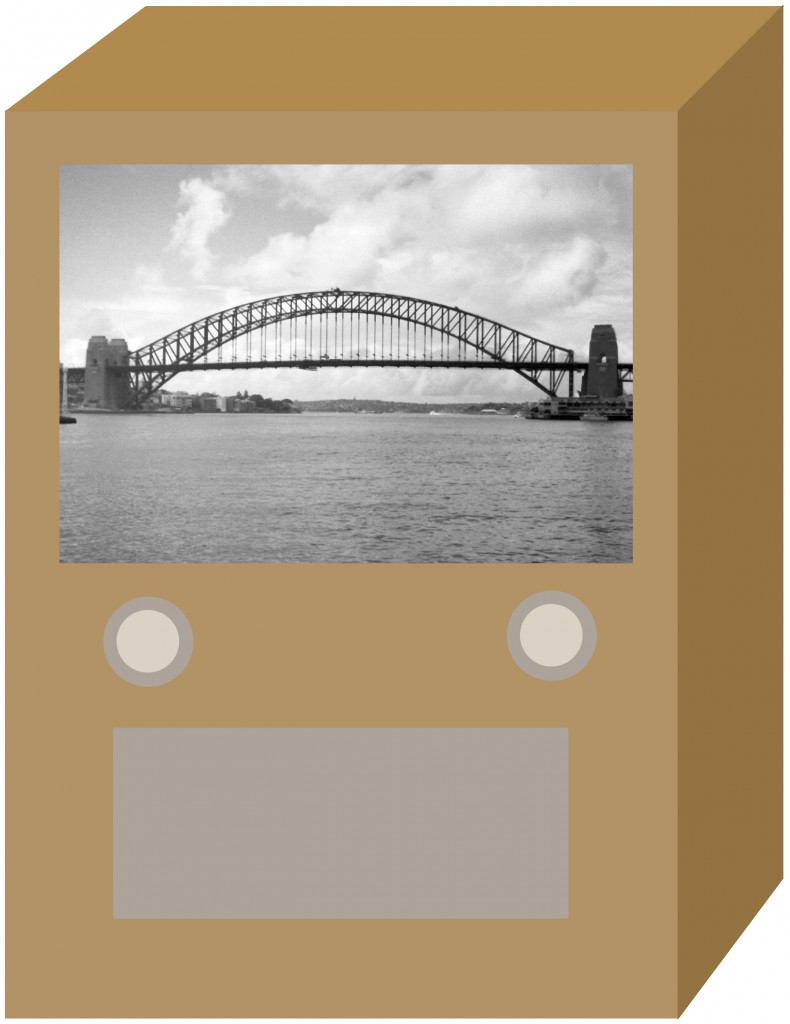
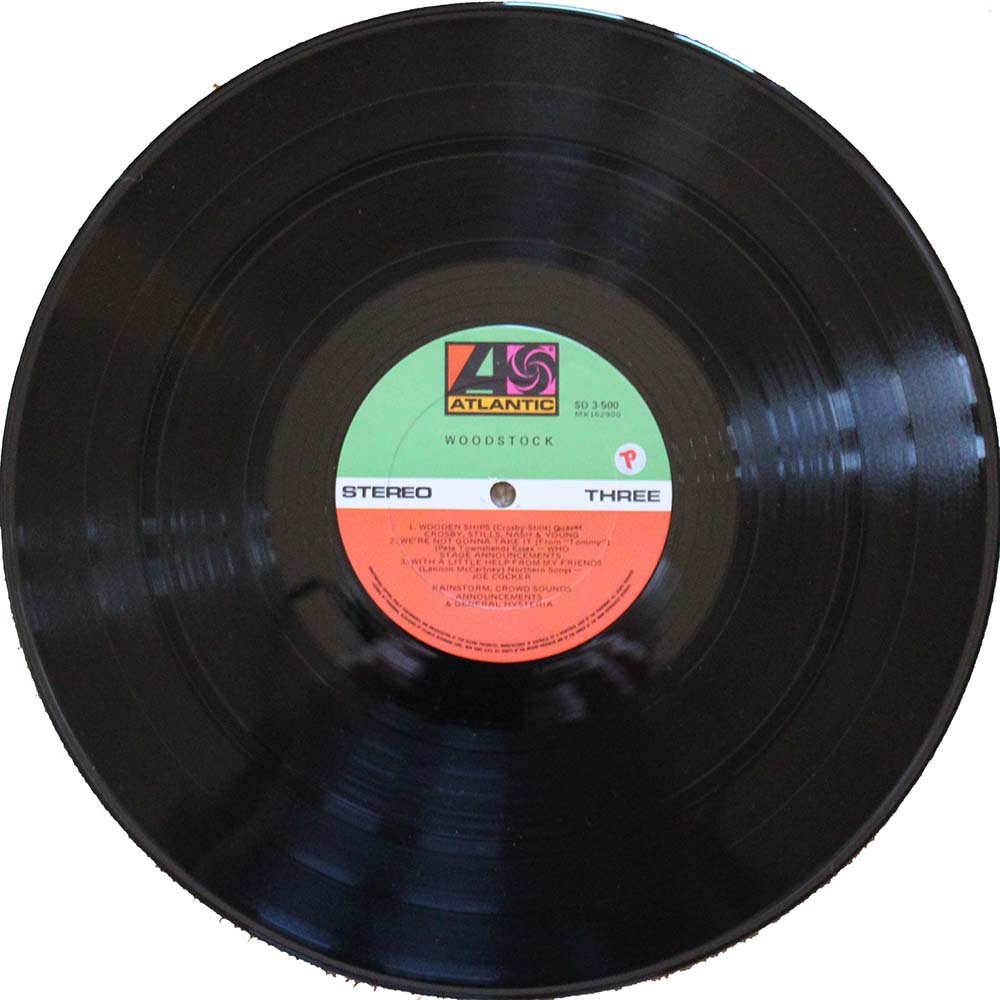
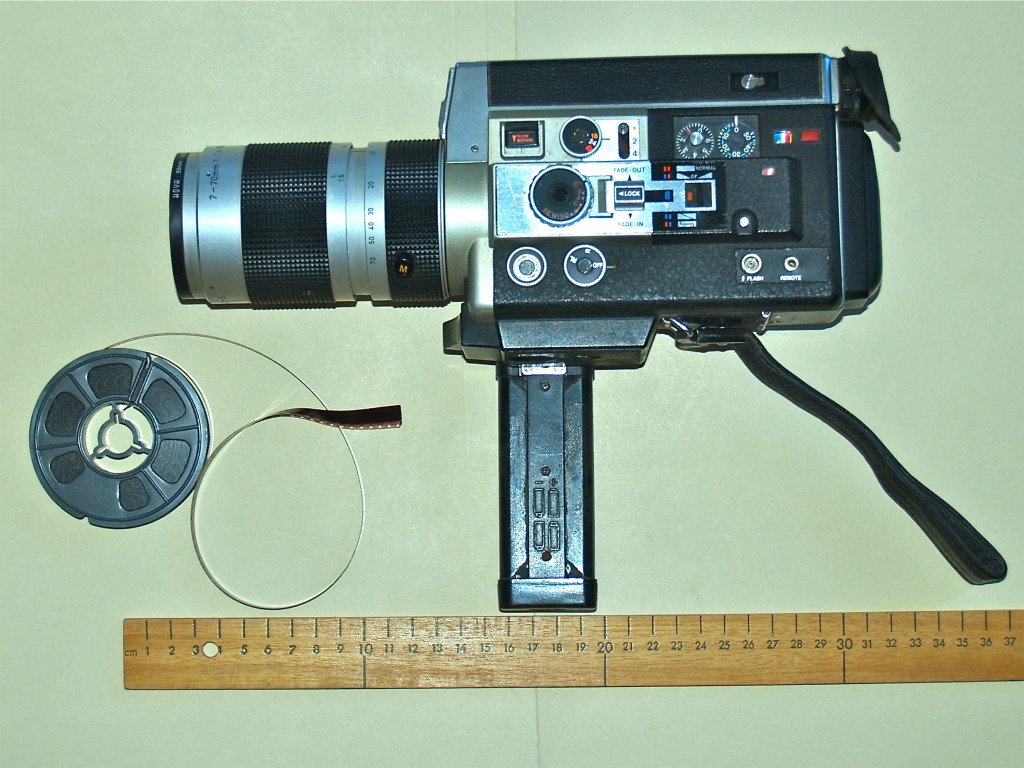
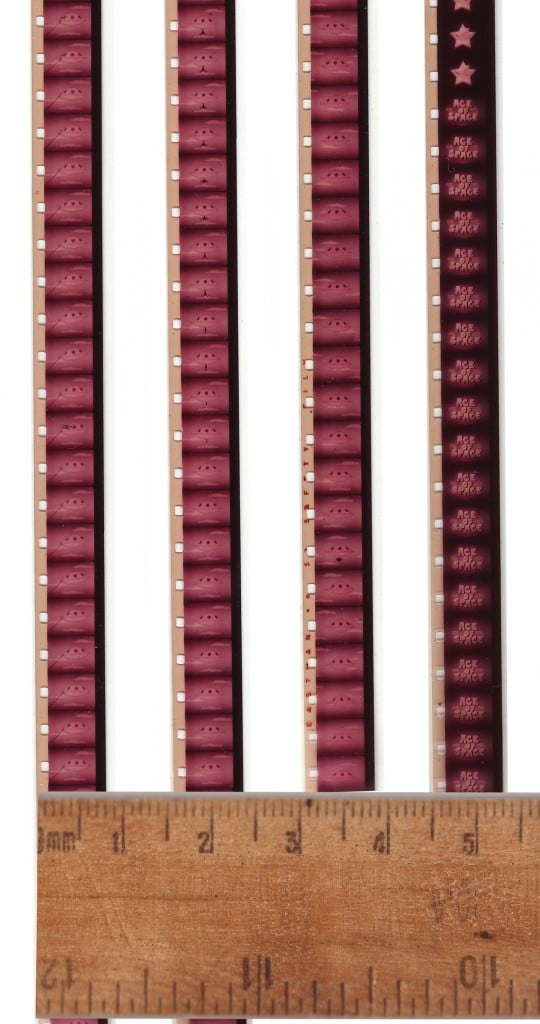
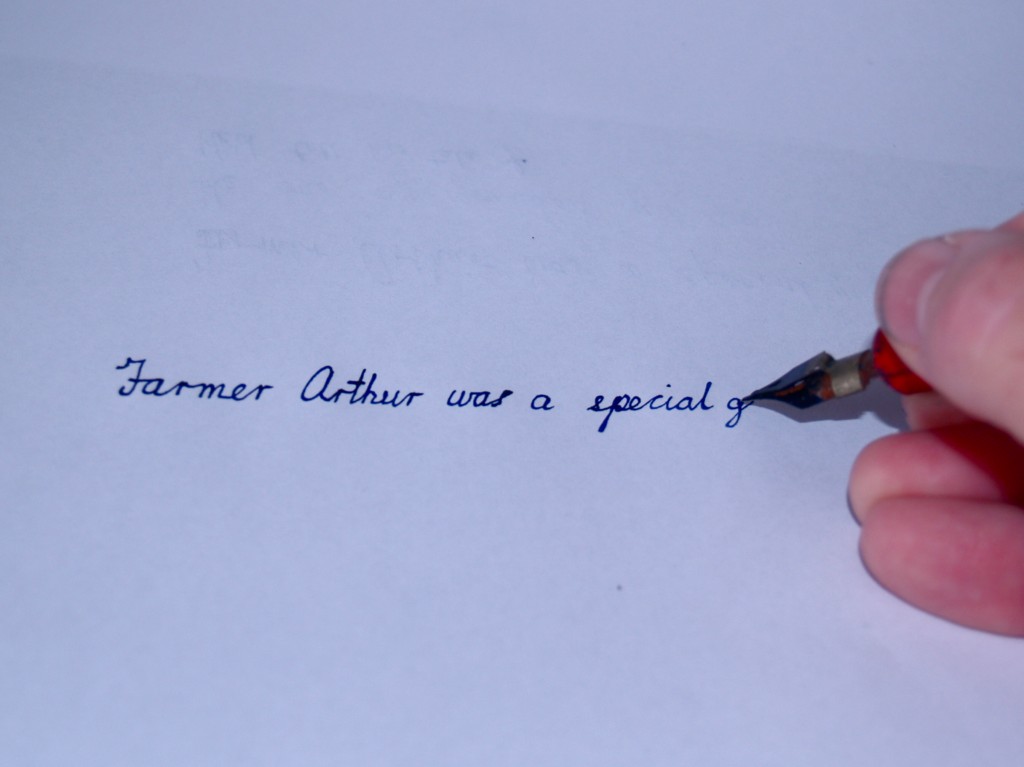
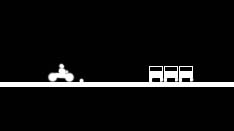
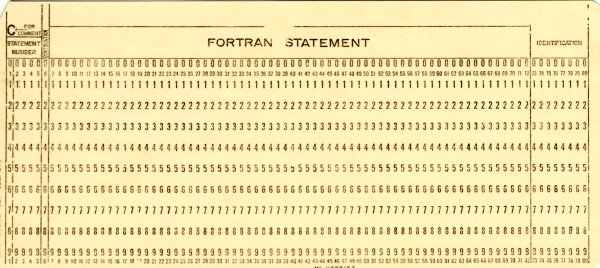
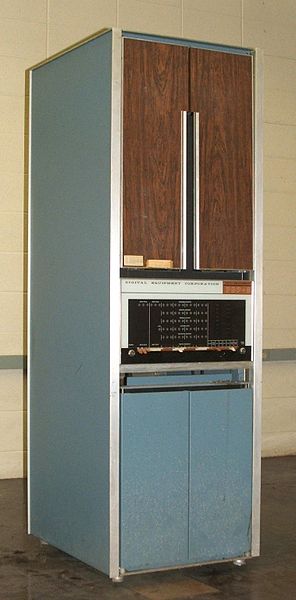
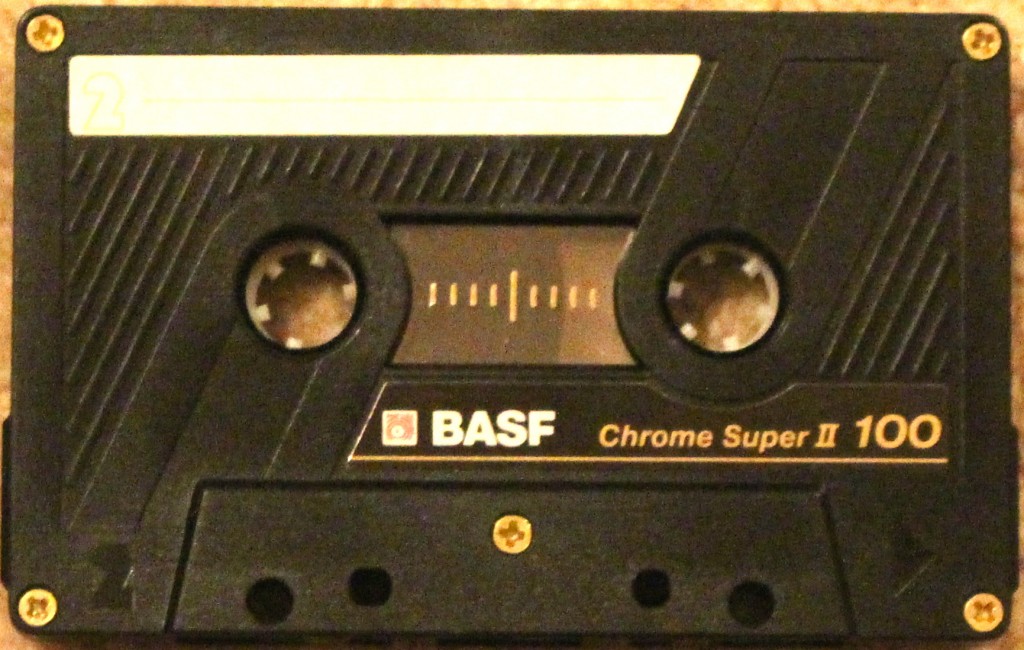
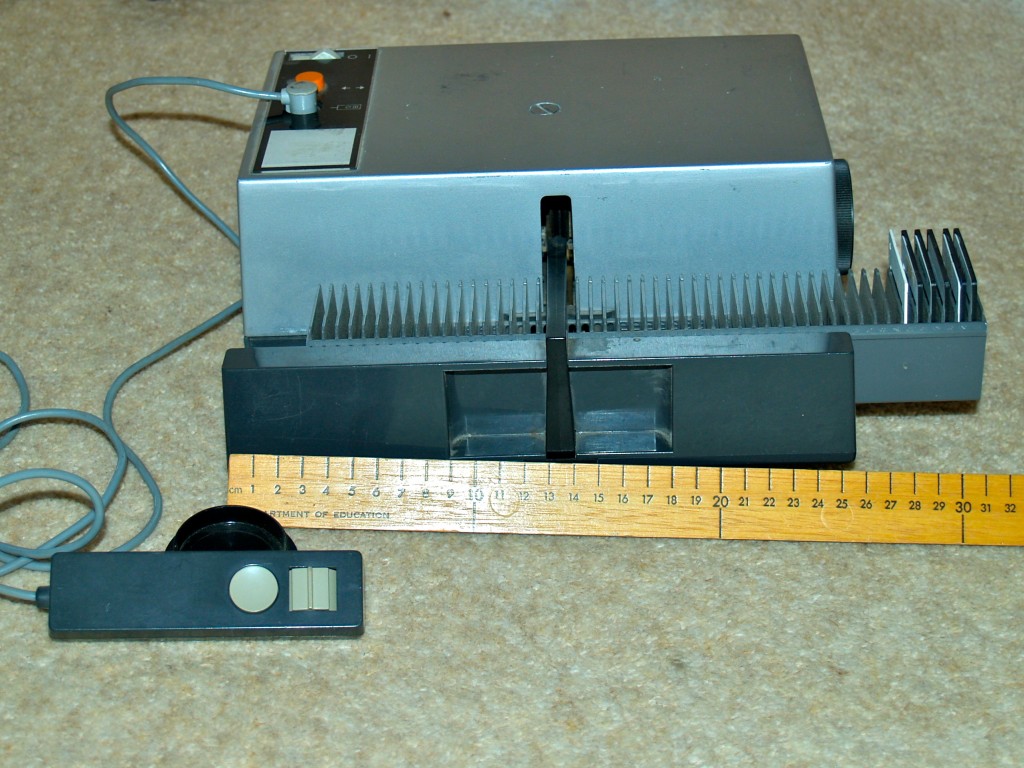
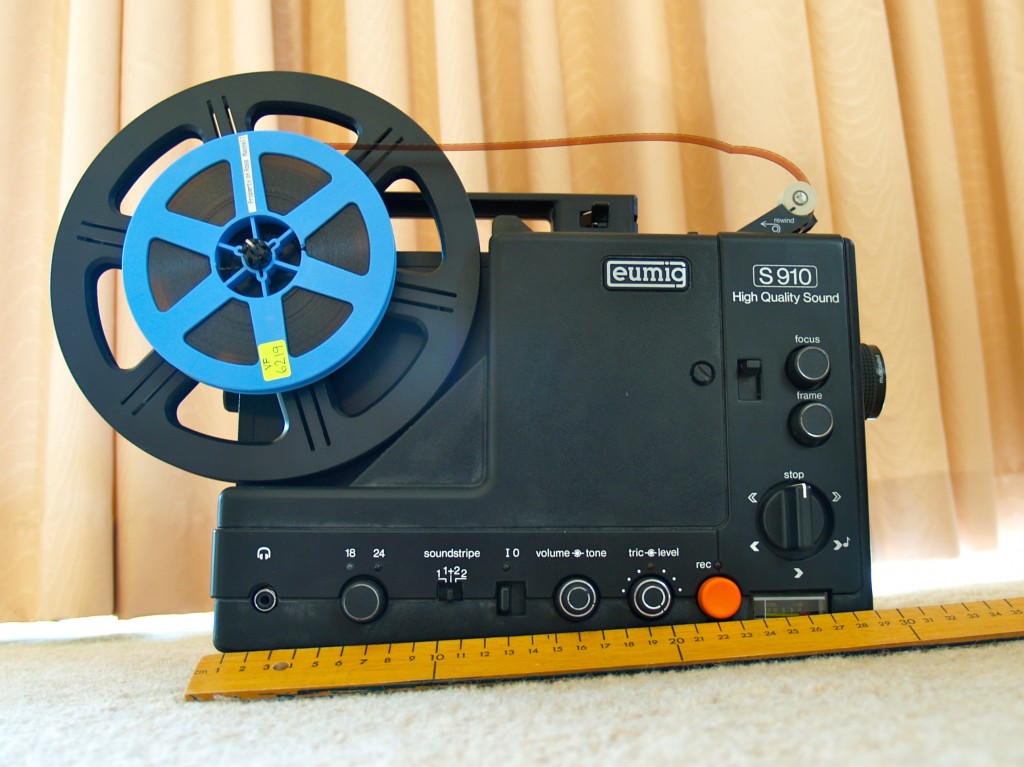

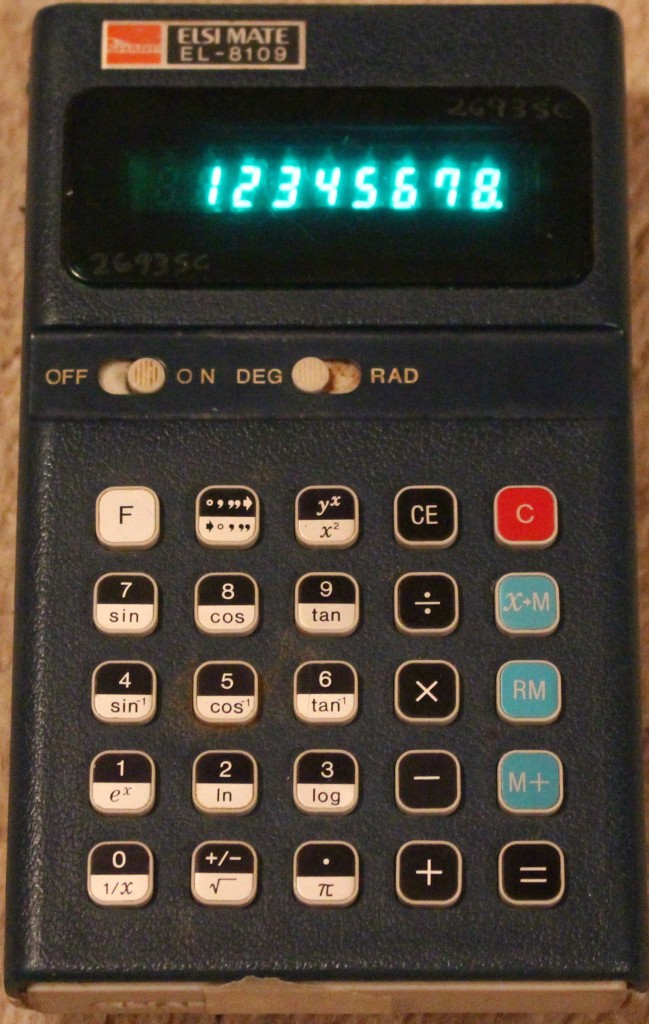
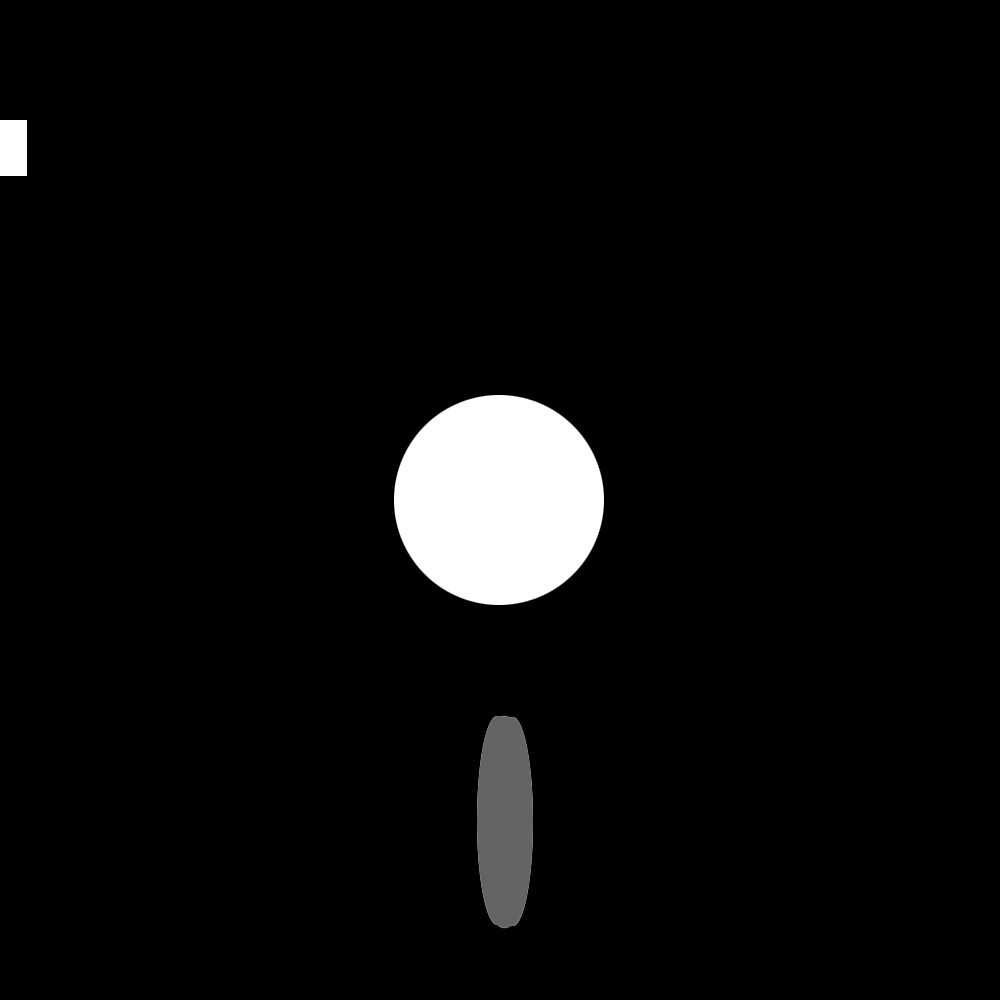
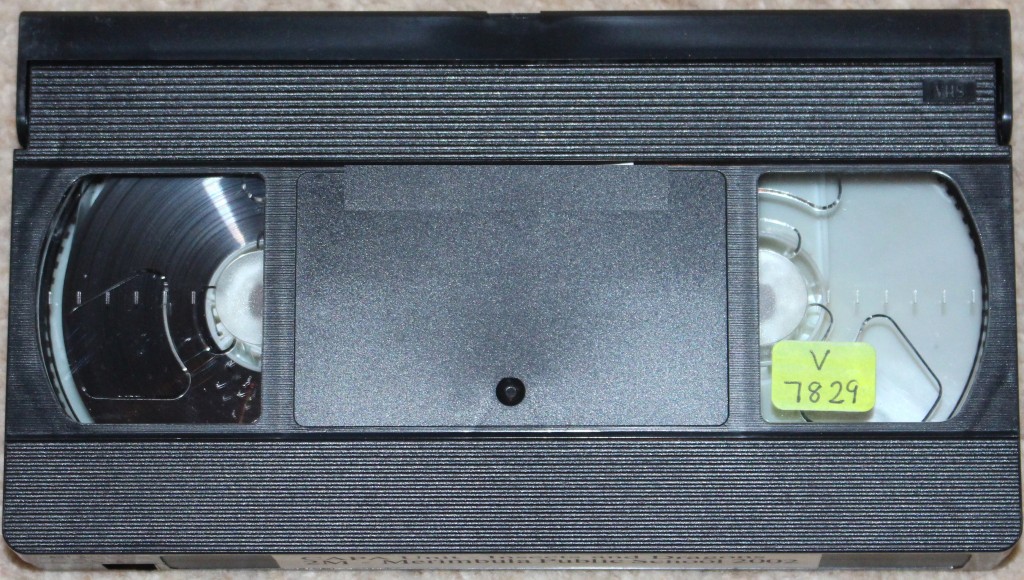
![By Gmhofmann at de.wikipedia (Own work) [Public domain], via Wikimedia Commons](https://rossmannellcomments.edublogs.org/files/2015/05/640px-QuickTake_vorne-17md3wn.jpg)
